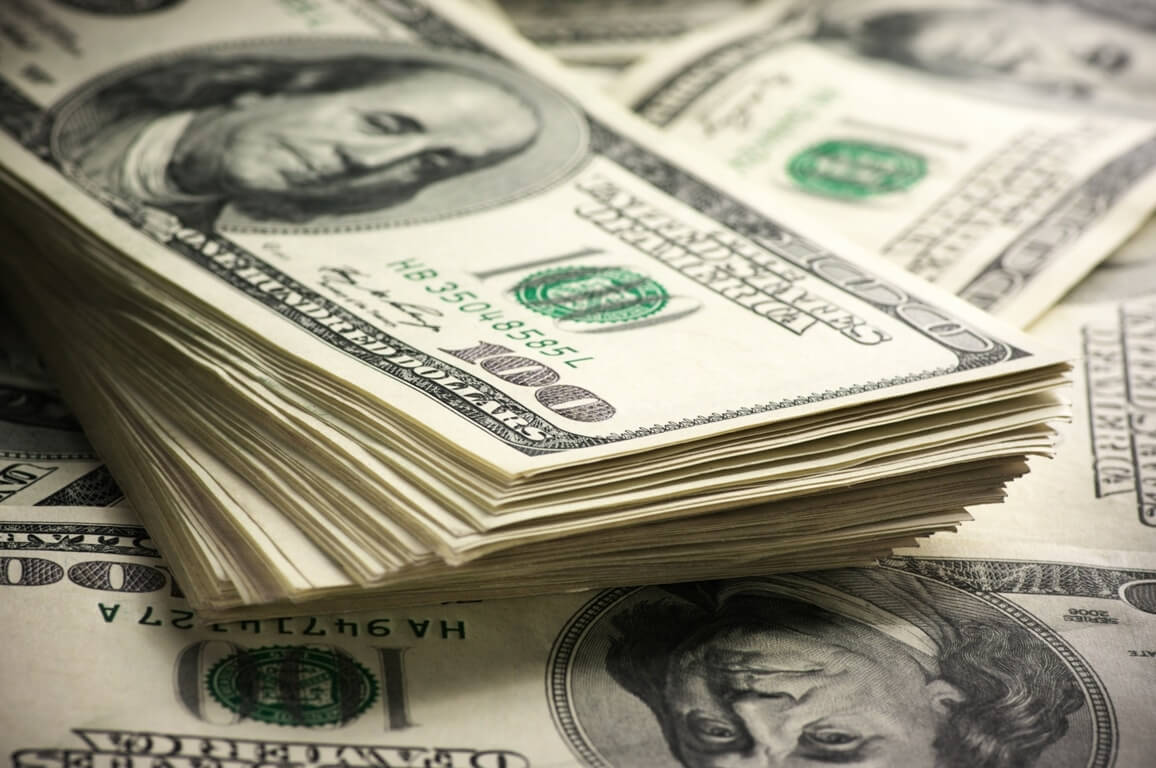
The U.S. dollar dropped as risk appetite strengthened
The dollar struggled today. The currency plummeted the FX market sentiment improved. Several blue-chip U.S. power brokers rallied to help a regional lender, hoping to ease some stress on the financial system. The government and major banks also participated, contributing funds on Thursday. As a result, First Republic Bank (FRC.N) recovered from the recent crisis. Markets also adopted a more optimistic mood despite the recent scare caused by Silicon Valley Bank’s collapse shaking them.
Three regional banks failed at the end of the last week unexpectedly, reminding traders about the 2008 financial crisis. Dozens of institutions collapsed during the latter, and some of them survived only after the government and central bank aided them, spending billions of dollars in the process.
In this instance, the authorities and several major banks had to step in again to help three smaller U.S. lenders. At the same time, Credit Suisse had to ask for help from the Swiss central bank in Europe. It is the first major global bank to get aid from the latter since the financial crisis. However, that news cheered investors. People also stopped withdrawing their deposits.
On Friday, risk appetite grew across the global financial markets. Consequently, the Aussie and New Zealand dollars surged forward. Traders became confident enough to sell the greenback, which is broadly considered a safe-haven currency. The authorities and major banks proved that they were ready to help the struggling lenders. Market participants think that the European Central Bank will be able to weather the storm, given its strength. The new data indicate that the eurozone economy remains relatively robust.
What do the analysts say?
TraderX strategist Michael Brown noted that risk-on sentiment would likely strengthen if markets don’t get more negative headlines from the banking sector. Equity is rallying currently, while Treasuries are declining. Meanwhile, a combination of a position squeeze and a relief rally weighs on the greenback.
On Friday, the U.S. dollar index tumbled by 0.21%. It exchanged hands at 104.07 at last. On the other hand, the euro and the Japanese yen surged forward. The European Central Bank hiked its interest rates by a substantial 50-basis-point at its policy meeting yesterday. President Christine Lagarde and other ECB policymakers tried to reassure traders, as well. They announced that eurozone banks remained resilient, adding that higher interest rates should further boost their margins.
Analysts noted that if the central bank decided to deliver a smaller rate hike, that would have seriously concerned the market participants, considering the recent turmoil. Such a course could also prompt a big sell-off. However, the EBC’s decision bolstered the positive sentiment instead.
While investors still welcome rate hikes, their expectations are tamer compared to when the banks first started tightening. Inflation remains high, though. So, the banks need to continue the hiking to hinder it.
On Friday, the common currency jumped by 0.3% versus the dollar, trading at $1.0646. It also soared against the sterling, exchanging hands higher by 0.2% to 87.75 pence. At the beginning of this week, the euro struggled to gain against the greenback. It also shaved off 0.8% versus the pound but managed to recover some of these losses today.
Meanwhile, the British currency rallied by 0.12% to $1.2132. The Swiss franc also soared by 0.35% today. The franc collapsed against the dollar earlier in the week, losing the most in a day since 2015.
How are the yen and other Asian currencies faring?
The Japanese yen is a safe haven. That means it often rallies in times of high market volatility or the risk-off mood. However, the currency jumped by 0.5% at 133.13 per USD today, despite improved sentiment. It seemed on track for a weekly gain of 1%.
Japan’s Financial Services Agency, Ministry of Finance, and BOJ officials plan to meet later on Friday. They will discuss global financial markets, along with the possible results of the U.S. banking crisis.
The Australian dollar surged forward on Friday by 0.8% to $0.6707. At the same time, the kiwi increased by 0.9% to $0.625.
Furthermore, Emerging market assets are traded in the green today. The MSCI’s index for EM currencies rallied by 0.3%. Its gauge for stocks also gained 1.4%. South Africa’s rand added 0.5% versus the U.S. dollar on Friday. Besides, the Czech crown and Hungary’s forint each climbed up by approximately 0.2% versus the euro.




